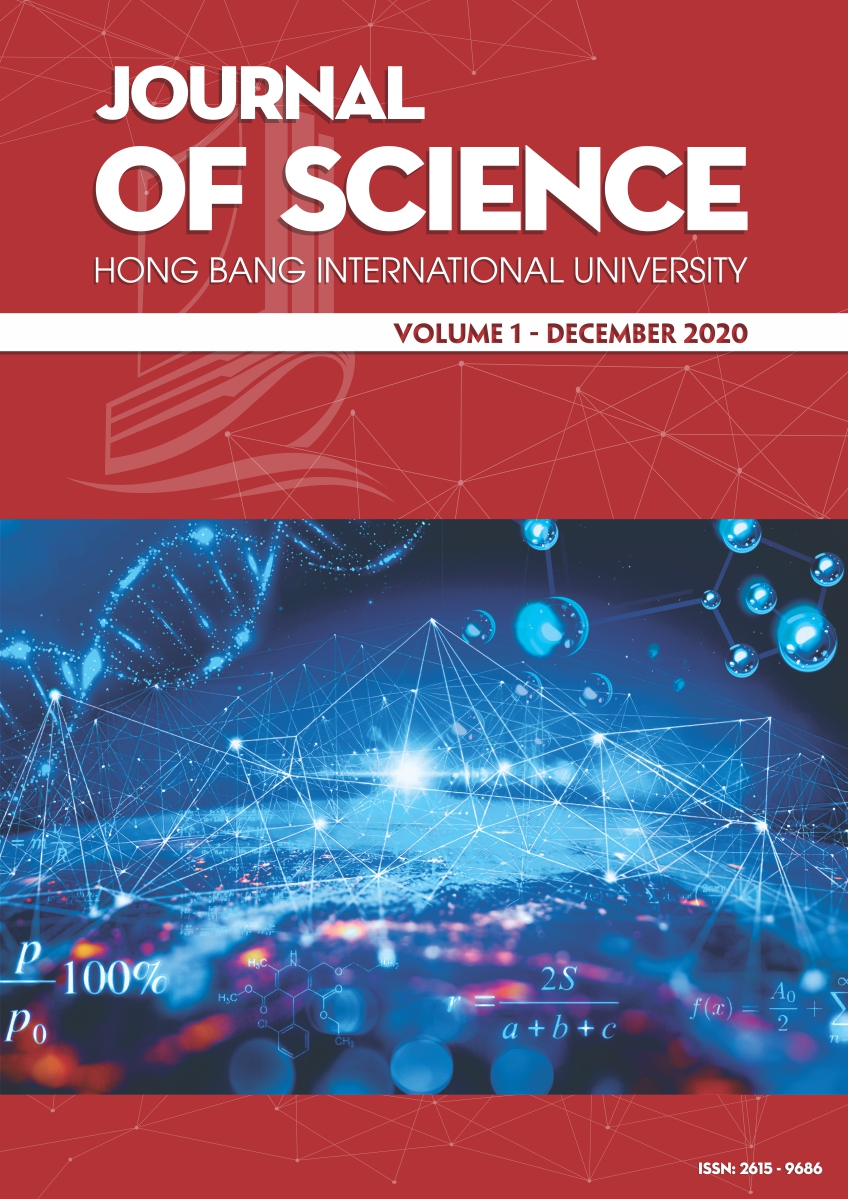Calculation the thermodynamic properties of carbon monoxide gas using Monte Carlo simulation for adsorption researches
Các tác giả
Từ khóa:
Gibbs ensemble Monte Carlo simulation (GEMC) , ac initio pair potentialsTóm tắt
The vapor-liquid equilibria of pure fluid carbon monoxide was predicted by Gibbs Ensemble Monte Carlo simulation method (GEMC) using our two new 5 - site intermolecular pair potentials ab initio. The ab initio pair potentials were established from coupled - cluster calculations, using the CCSD(T) level of theory and Dunning's correlation consistent basis sets aug-cc-pVmZ (m = 2, 3) [1]. These potentials were also used for prediction of thermodynamics properties of vapor-liquid equilibria by GEMC. The coexistence phase diagram and thermodynamic properties based on them are found to be in very good agreement with experimental data.
Abstract
The vapor-liquid equilibria of pure fluid carbon monoxide was predicted by Gibbs Ensemble Monte Carlo simulation method (GEMC) using our two new 5 - site intermolecular pair potentials ab initio. The ab initio pair potentials were established from coupled - cluster calculations, using the CCSD(T) level of theory and Dunning's correlation consistent basis sets aug-cc-pVmZ (m = 2, 3) [1]. These potentials were also used for prediction of thermodynamics properties of vapor-liquid equilibria by GEMC. The coexistence phase diagram and thermodynamic properties based on them are found to be in very good agreement with experimental data.
Tài liệu tham khảo
[1] C. G. Gray, K.E. Gubbins, “Theory of Molecular Fluids,” vol. 1: Fundamentals. Oxford University Press, Oxford, (1984) 230-350.
[2] M. P. Allen, D. J. Tildesley, “Computer Simulation of Liquids.,” Clarendon Press, Oxford, (1991) 210-300.
[3] A. E. Nasrabad, U. K. Deiters, “Prediction of thermodynamic properties of krypton by Monte Carlo simulation using ab initio interaction potentials.” J. Chem. Phys. 119, (2003) 947–952.
[4] A. E. Nasrabad, R. Laghaei, U. K. Deiters, “Prediction of the thermophysical properties of pure neon, pure argon, and the binary mixtures neon-argon and argon-krypton by Monte Carlo simulation using ab initio potentials.” J. Chem. Phys. 121, (2004) 6423–6434.
[5] K. Leonhard, U. K. Deiters, “Monte Carlo simulations of nitrogen using an ab initio potential.” Mol. Phys. 100, (2002) 2571–2585.
[6] A. Z. Panagiotopoulos, “Direct deter-mination of phase coexistence properties of fluids by Monte Carlo simulation in a new ensemble.,” Mol. Phys., 61, (1987) 813-826.
[7] Pham V. T., U. K. Deiters, “Ab initio calculation of the intermolecular potential and prediction of second virial coefficients for dimer H2 - H2.,” Journal of Chemistry, vol. 5, No. 5, (2007) P. 656-660.
[8] K. T. Tang, J. P. Toennies, “An improved simple model for the van der Waals potential based on universal damping functions for the dispersion coefficients.,” J. Chem. Phys., 80, (1984) 3726-3741.
[9] S. Rybak, B. Jeziorski, K. Szalewicz, “Symmetry - Adapted Perturbation Theory of Intermolecular Interactions. H2O and HF Dimers,” J. Chem. Phys. 95, (1991) 6576-6601.
[10] P. K. Naicker, A. K. Sum, S. I. Sandler,” Ab initio pair potential and phase equilibria predictions for hydrogen chloride.,’ J. Chem. Phys., 118, (2003) 4086-4093.
[11] J. H. Dymond, E. B. Smith, “The Virial Coefficients of Pure Gases and Mixtures.” Clarendon Press, Oxford, (1980) 100-300.
[12] U. K. Deiters, ThermoC project homepage: http://thermoc.uni-koeln.de/index.html
[13] Database of National Institute of Standards and Technology NIST, http://webbook.nist.gov/
[14] A. Z. Panagiotopoulos, P. Baranello, http://kea.princeton.edu/ppe/old/
Tải xuống
Tải xuống: 23







